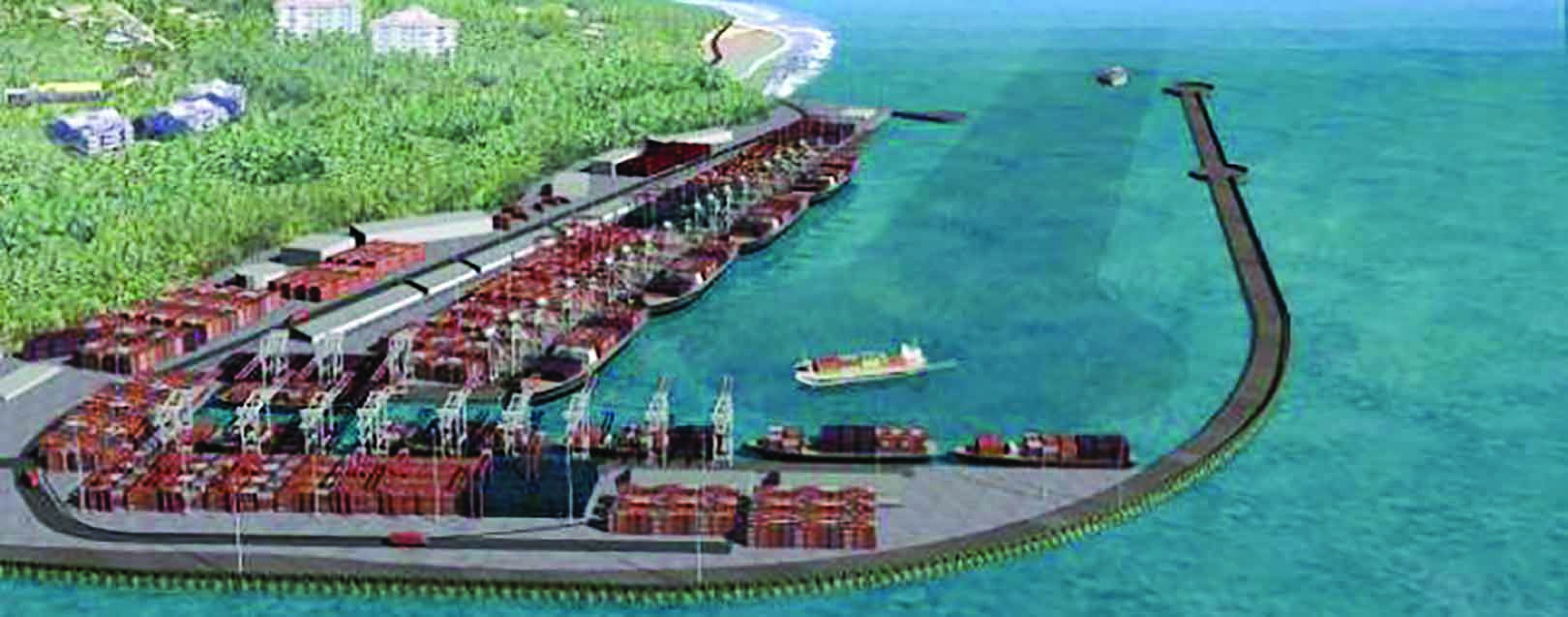
Minimising times taken for exports (17.1 days) and imports (21.1 days) to under 6 and 4 days respectively, is more important than reducing the count of mandatory documents required!
Steven Philip Warner | The Dollar Business
Some things don’t mix. But co-exist they do. On-time flights and winter fog, ISIS and peace, LGBT groups and IPC Section 377, and of course, World Bank’s perception of India and its performance on the multilateral trade track. In its ‘Doing Business’ report published way back in 2006, the World Bank ranked India 116th amongst 155 nations on the parameter of ‘Ease of doing business’ and ‘Trading across borders’. Between 2005 and 2014, much progress was made by India on the foreign trade front. The count of exporters and importers rose dramatically and from just about making it to the top 30 nations in exports to becoming the #16, from being the world’s 22nd largest importer to #12, India’s global engagement rose. Regulatory alterations were also incorporated. But despite the forward march, the World Bank assumes India’s business enthusiasm to have subsided. India’s rank in ‘Ease of doing business’ in 2015 has fallen to 142!
We can continue to debate whether this ‘downgrade’ should make us feel deprived or apologetic, but the trick is to discover the therapy. Actually, the DGFT is out with an answer already to ensure India’s trade competence isn’t undervalued in near future. On March 12, it notified the Indian foreign trade community that through a ‘new’ para being introduced in the ‘old’ Foreign Trade Policy, the count of mandatory documents for cross-border trade will stand reduced effective April 1 this year: from 7 to 3 in the case of exports, 10 to 3 for imports. A Ministry of Commerce & Industry release claimed the move was a “leap forward in improving Ease of Doing Business”.
First and foremost, this is a honest and worthwhile declaration of intent on the part of DGFT. Second, sadly, this is not the first time that a reduction in count of mandatory documents for export-import has been announced. Wasn’t reduction of 3 documents (from 10 to 7) for export and 5 (from 15 to 10) for import between 2006 and 2014 a forward leap? And what good did it do to India’s position on the ‘Doing Business’ scorecard? Third, the count of documents is just a number. If you take a count of mandatory documents required for both exports and imports in total, you will realise that in the past 10 years, 10 different figures appear! And strangely, the count of documents required for exports were higher in 2012 & 2013, and for imports were higher in 2012, 2013 & 2014 as compared to the five years leading to 2011. There is no reason to dismiss possibilities of increase in document count in future.
Most important, without processes being catalysed, there is little practical impact that this notification will have. Take for instance the announcement of doing away of the Cargo Release Order as a mandatory document in import process. Considered that the order is only a commercial document, but what has been done or announced to ensure that this entire process leading to the final assessment of the Bill of Entry by the shed appraiser and the issuance of out of charge order by the dock appraiser is trimmed? If the tedious system of cargo inspection and clearance continues to bite the hand that feeds, there is nothing substantial for the exporter-importer from DGFT’s move.
DGFT has now thrown the ball into the Customs’ court. If the Customs department can do away with undesired procedures, India’s foreign trade will be the victor. Only then will all the talk about saving 10 to 12 days in time and $500-600 in costs of document preparation and Customs clearance mean anything to India’s foreign trade community. More than the notification leading to reduction in the number of mandatory documents, it is important that it reduces the average times taken for exports (17.1 days) and imports (21.1 days) to under 6 and 4 days respectively, in the near times. Exporters and importers don’t quibble about additional documents; they hate to wait a day extra at the ports due to archaic processes.
An analogy can be drawn between the DGFT notification and the situation at India’s international arrival terminals. Indian passport holders are not required to fill Arrival Cards at Immigration Counters. So the document has been done away with. However, they still have to queue alongside foreigners for whom the Arrival Cards is mandatory. No change in process means passengers of Indian Origin do not actually gain on time. The Customs department should ensure that all that the DGFT sweat over the past months doesn’t prove a game not worth the candle!
Get the latest resources, news and more...
By clicking "sign up" you agree to receive emails from The Dollar Business and accept our web terms of use and privacy and cookie policy.
Copyright @2026 The Dollar Business. All rights reserved.
Your Cookie Controls: This site uses cookies to improve user experience, and may offer tailored advertising and enable social media sharing. Wherever needed by applicable law, we will obtain your consent before we place any cookies on your device that are not strictly necessary for the functioning of our website. By clicking "Accept All Cookies", you agree to our use of cookies and acknowledge that you have read this website's updated Terms & Conditions, Disclaimer, Privacy and other policies, and agree to all of them.

